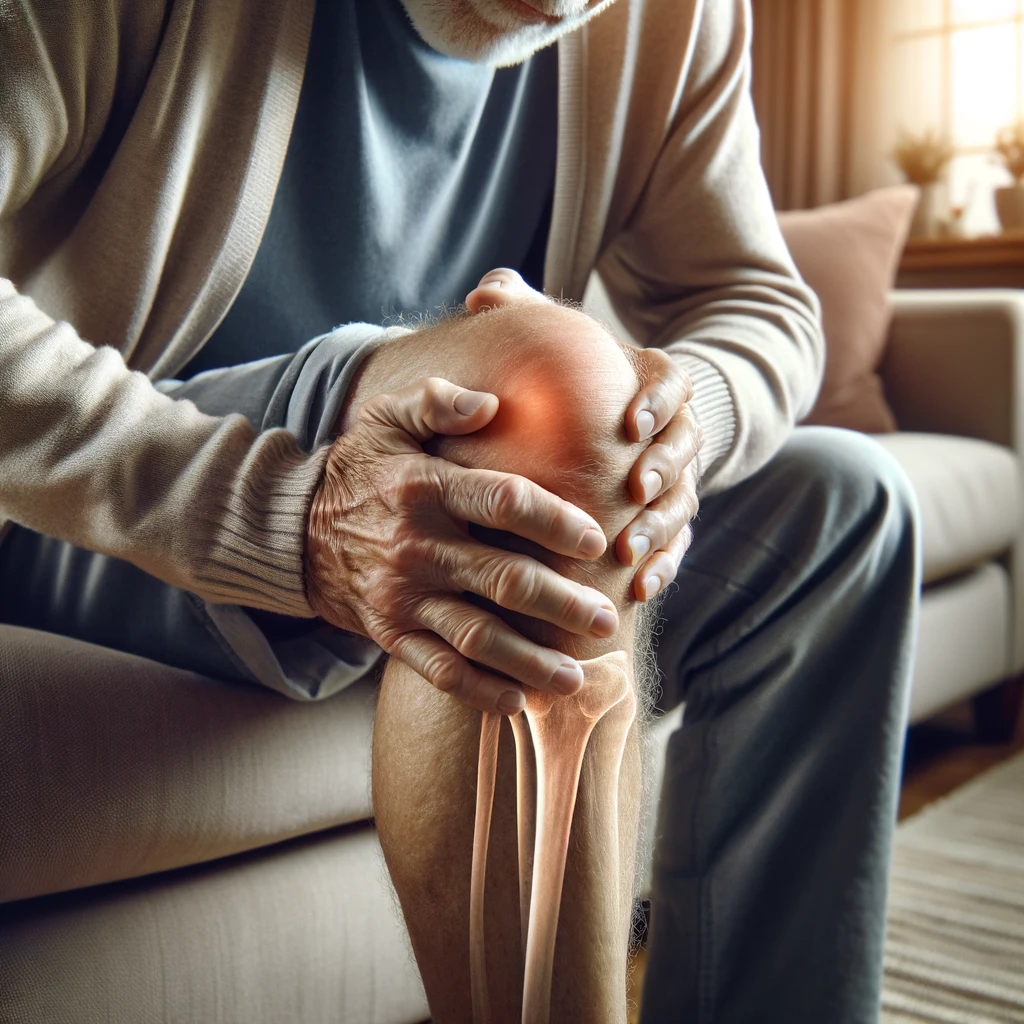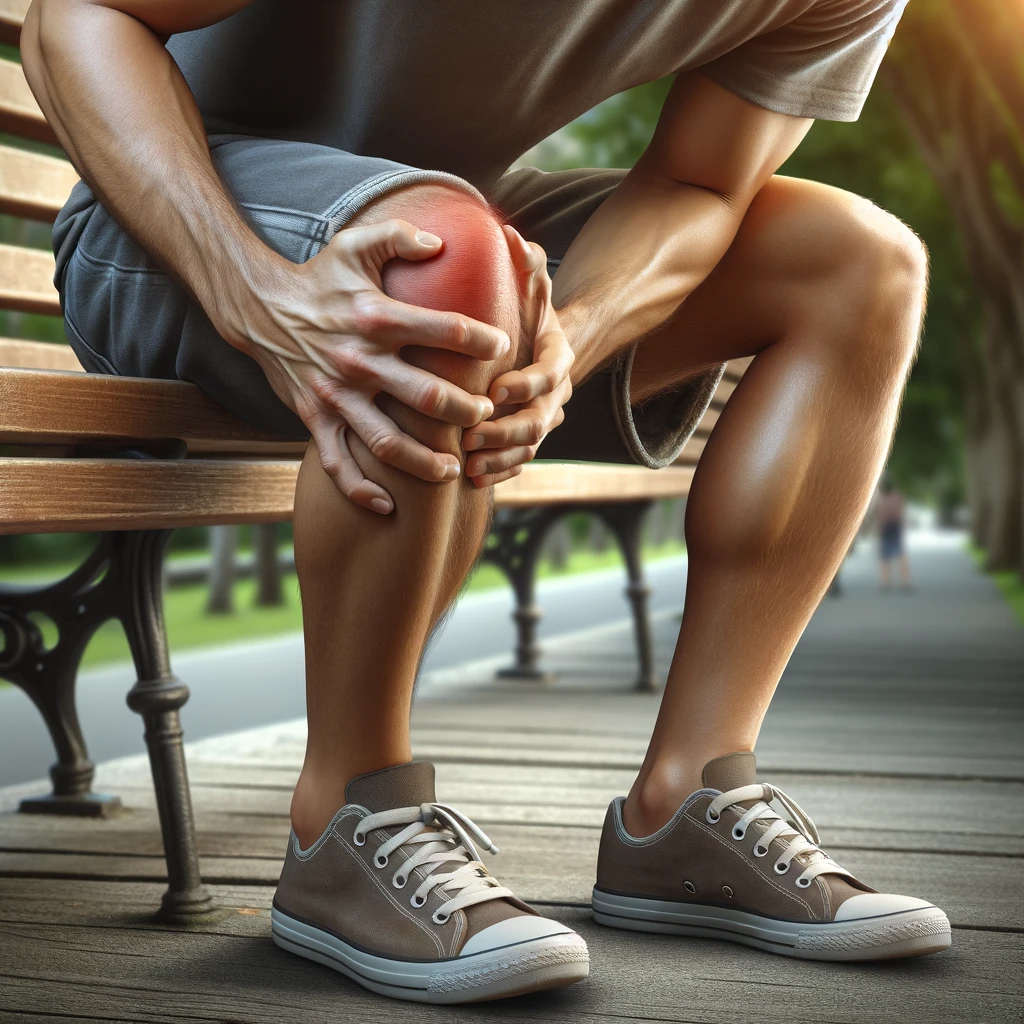Unraveling the Mystery Behind Knee Discomfort: A Comprehensive Guide to Knee Pain Causes

Introduction
Knee pain is a common ailment that can significantly impact mobility and quality of life. Understanding the underlying causes of knee pain is crucial for effective treatment and prevention.
In this comprehensive guide, we will delve into the various causes of knee pain, exploring the biomechanics of the knee joint and the role of surrounding muscles and ligaments. We will discuss common knee pain conditions, diagnostic tests, and treatment options for specific knee pain causes.
Biomechanics of the Knee Joint
The knee joint is a complex structure that bears significant weight and facilitates movement. It consists of the thigh bone (femur), shinbone (tibia), kneecap (patella), and various ligaments, tendons, and cartilage.
- Ligaments: Strong bands of connective tissue that connect bones and provide stability to the joint.
- Tendons: Connect muscles to bones and transmit the force generated by muscle contraction.
- Cartilage: Cushions the bones and prevents friction within the joint.
Common Knee Pain Conditions
- Patellofemoral pain syndrome (PFPS): Pain caused by misalignment of the kneecap in the groove of the thigh bone.
- Anterior cruciate ligament (ACL) tear: Injury to the ACL, a key stabilizer of the knee joint.
- Meniscal tear: Damage to the cartilage discs that cushion
- Osteoarthritis: Degeneration of the cartilage in the knee joint, causing pain, stiffness, and reduced mobility.
- Rheumatoid arthritis: An autoimmune disease that causes inflammation in the joints, including the knees.
- Gout: A condition characterized by sudden and severe attacks of joint pain, often affecting the knees.
Diagnostic Tests for Knee Pain
- Physical examination: A doctor will examine your knee for tenderness, swelling, and range of motion.
- X-rays: Can reveal bone abnormalities, fractures, or arthritis.
- MRI: Detailed images of the soft tissues, including ligaments, tendons, and cartilage.
Treatment Options for Specific Knee Pain Causes
- Patellofemoral pain syndrome (PFPS): Rest, ice, compression, elevation (RICE), strengthening exercises, and physical therapy.
- Anterior cruciate ligament (ACL) tear: Often requires surgical reconstruction of the ACL.
- Meniscal tear: Treatment depends on the severity of the tear, ranging from rest and pain management to surgical repair.
- Osteoarthritis: Weight management, exercise, pain relievers, and joint injections.
- Rheumatoid arthritis: Medication to manage inflammation and slow joint damage.
- Gout: Medication to reduce inflammation and prevent gout attacks.
Conclusion
Knee pain can arise from various causes, affecting individuals of all ages and activity levels. Understanding the underlying causes of knee pain is essential for proper diagnosis, treatment, and prevention. By consulting a healthcare professional and following their recommendations, you can effectively manage knee pain, improve mobility, and maintain overall joint health.
Common Knee Pain Conditions and Treatment Options
| Condition | Treatment |
|---|---|
| Patellofemoral pain syndrome (PFPS) | Rest, ice, compression, elevation (RICE), strengthening exercises, and physical therapy. |
| Anterior cruciate ligament (ACL) tear | Surgical reconstruction of the ACL. |
| Meniscal tear | Rest, pain management, or surgical repair, depending on severity. |
| Osteoarthritis | Weight management, exercise, pain relievers, and joint injections. |
| Rheumatoid arthritis | Medication to manage inflammation and slow joint damage. |
| Gout | Medication to reduce inflammation and prevent gout attacks. |

Leave a Reply